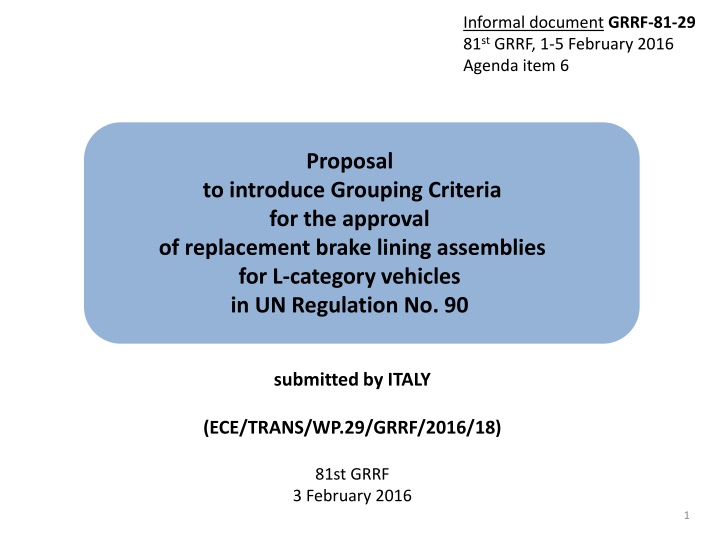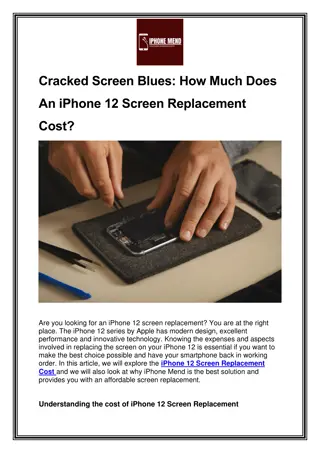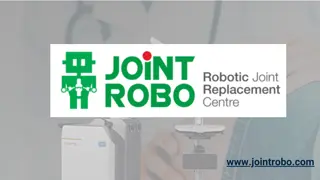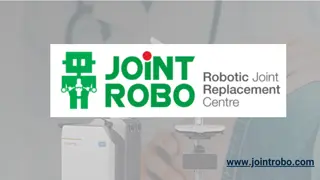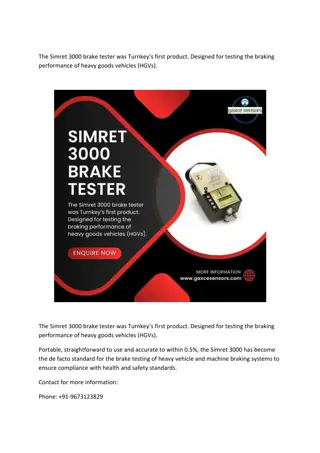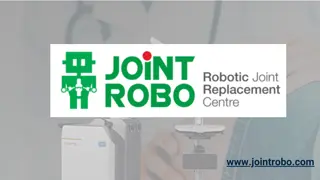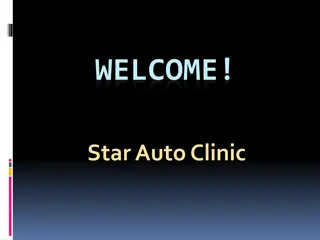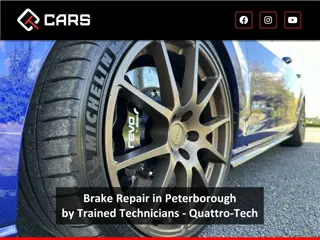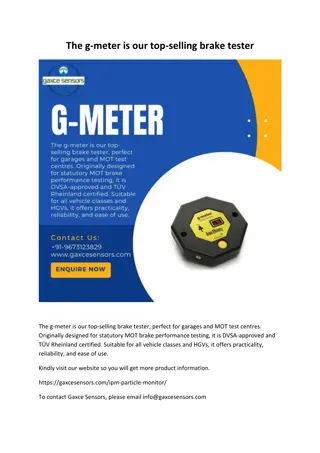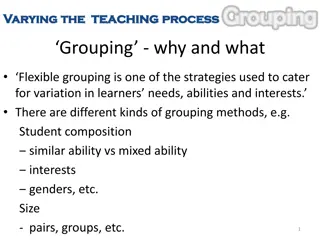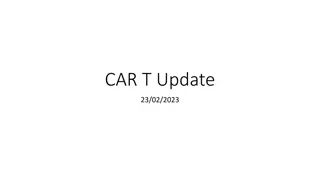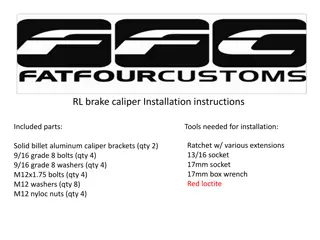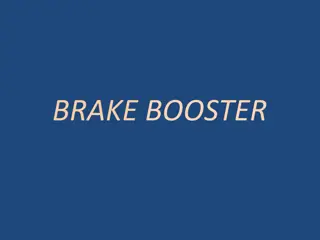Proposal to Introduce Grouping Criteria for Approval of Replacement Brake Lining Assemblies
This proposal aims to include grouping criteria in UN Regulation No. 90 for the approval of replacement brake lining assemblies for L-category vehicles. The rationale behind the proposal is to make the regulation economically sustainable by reducing the approval burden on manufacturers, particularly for the plethora of brake lining assemblies available in the market for L-category vehicles.
Download Presentation

Please find below an Image/Link to download the presentation.
The content on the website is provided AS IS for your information and personal use only. It may not be sold, licensed, or shared on other websites without obtaining consent from the author.If you encounter any issues during the download, it is possible that the publisher has removed the file from their server.
You are allowed to download the files provided on this website for personal or commercial use, subject to the condition that they are used lawfully. All files are the property of their respective owners.
The content on the website is provided AS IS for your information and personal use only. It may not be sold, licensed, or shared on other websites without obtaining consent from the author.
E N D
Presentation Transcript
Informal document GRRF-81-29 81stGRRF, 1-5 February 2016 Agenda item 6 Proposal to introduce Grouping Criteria for the approval of replacement brake lining assemblies for L-category vehicles in UN Regulation No. 90 submitted by ITALY (ECE/TRANS/WP.29/GRRF/2016/18) 81st GRRF 3 February 2016 1
Preamble The proposal presented today at 81 GRRF session (doc ECE/TRANS/WP.29/GRRF/2016/18) is aimed at including in UN-R 90 a criteria of Grouping for the approval of replacement brake lining assemblies only for L-category vehicles: 2
Rationale Basically: it is a matter of making UN R 90 really applicable (from an economic sustainability viewpoint) for the type approval of replacement brake lining assemblies !!! For vehicles belonging to L-categories, there is a great number of different types of replacement brake lining assemblies in the market. For each type, the quantity of parts marketed is very low. As an average, a medium size manufacturer: - producing around 600 types of brake lining assemblies - referring to 12.000 different applications with 4 different materials, - needs to proceed with2.400 requests of type approval (as a minimum) - with an overall sales of around 3 Million of sets, it means an average of 1.250 sets/for each homologation. The Grouping is therefore needed to steadily reduce the burden for approval sustained by the manufacturer. The average manufacturer would carry out only 12 type approval tests, making the application of Reg. 90 really sustainable and feasible (250.000 sets/each homologation) 3
ECE/TRANS/WP.29/GRRF/2016/18 3.3.1.3. lining assemblies belonging to the same group defined according to Annex 7a. This list shall indicate for each brake lining assembly: name of brake lining assembly manufacturer, the brake lining assembly manufacturer s code, the friction material area (cm2). In the case of brake lining assemblies for vehicles of category L, the list of brake Add new paragraph 3.3.1.3 4
ECE/TRANS/WP.29/GRRF/2016/18 Add new paragraph 4.2.4 4.2.4. lining assemblies belonging to the same group defined according to the criteria of Annex 7a, shall be assigned the same approval number of the one assigned to the representative brake lining assembly. In the case of brake lining assemblies for vehicles of category L, brake 5
ECE/TRANS/WP.29/GRRF/2016/18 Amend paragraph 5.2.1.5 5.2.1.5. Replacement brake lining assemblies for vehicles of category L It is allowed the verification of a brake lining assembly deemed to be representative of a group of brake lining assemblies, grouped according to the criteria defined in Annex 7a. The representative brake lining assembly is deemed to identify the most severe application. Results obtained with that representative brake lining assembly are considered valid for all the brake lining assemblies belonging to the same group defined according to the grouping criteria as from Annex 7a. At least one set of the chosen replacement brake lining assemblies, representing the type of lining to be approved, shall be installed and tested in at least one vehicle which is representative of the vehicle type for which approval is sought, according to the prescriptions of Annex 7 and shall satisfy the requirements stated in this annex. The representative vehicle(s) shall be selected from among the application range using a worst case analysis4. 6
ECE/TRANS/WP.29/GRRF/2016/18 Add a new ANNEX 7a: Criteria to define groups of brake lining assembly for vehicles of category L The Grouping is made according to the following approach: a. According to the individual friction material of the brake lining (i.e. Organic, Sintered) b. Depending on the area of the friction material area of the brake lining assembly operated by the piston/pistons of only one side of the brake caliper Group Brake lining area [cm2] Group including mainly the pads of 2 opposed pistons calipers or 1 piston floating calipers Group including mainly the pads of 4 opposed pistons calipers or 2 piston floating calipers Group including mainly pads of big calipers (custom motorcycles, CBS system, etc.) A 15 B > 15 22 C > 22 Slots and chamfers are not taken into account: their presence is provisional due to wear. The total area is used to simplify the calculation, inevitable with so many different applications and initial shapes. 7
ECE/TRANS/WP.29/GRRF/2016/18 Add a new ANNEX 7a: The brake lining assembly to be approved is defined, according to the following criteria: a. Choice of friction material to be approved b. Verification of the applications where the chosen friction material is applied c. Definition of the area of the selected brake lining assemblies according to Table 1, and classification into groups A B C ; d. For each group, selection of the most severe application, according to the highest value of the index Ep (kinetic energy by brake lining area), as follows: Ep= *M*p*(V*c)2/ (S*qp) 8
ECE/TRANS/WP.29/GRRF/2016/18 Add a new ANNEX 7a: Ep (kinetic energy index) is proposed as criteria to select the most severe application, because it is the most relevant data to evaluate the stress applied to the brake lining assembly. Ep= *M*p*(V*c)2/ (S*qp) Where: Ep = kinetic energy index [kJ/cm2] M = gross vehicle weight of the vehicle [kg] p corresponds to the % of vehicle total mass which is braked by the lining. Conventional values obtained through real testing on OEM brake discs p = allocation percentage of the vehicle weight: - for front braking system: 75% in case of 1 brake disc 37.5% in case of 2 brake discs - for rear braking system: 50% V = vehicle maximum speed [m/s] c = correction coefficient of speed: - for front braking system = 0.8 - for rear braking system: variable according to the brake disc diameter: 0.5 for 245 [mm] 0.6 per > 245 < 280 [mm] 0.75 per 280 [mm] c is a max speed reduction factor, used as easier alternative to the vehicle initial and final speed.. Conventional values obtained through real testing on OEM brake discs S = brake lining area as defined in Table 1 [cm2]. qp = number of pads in 1 caliper 9
